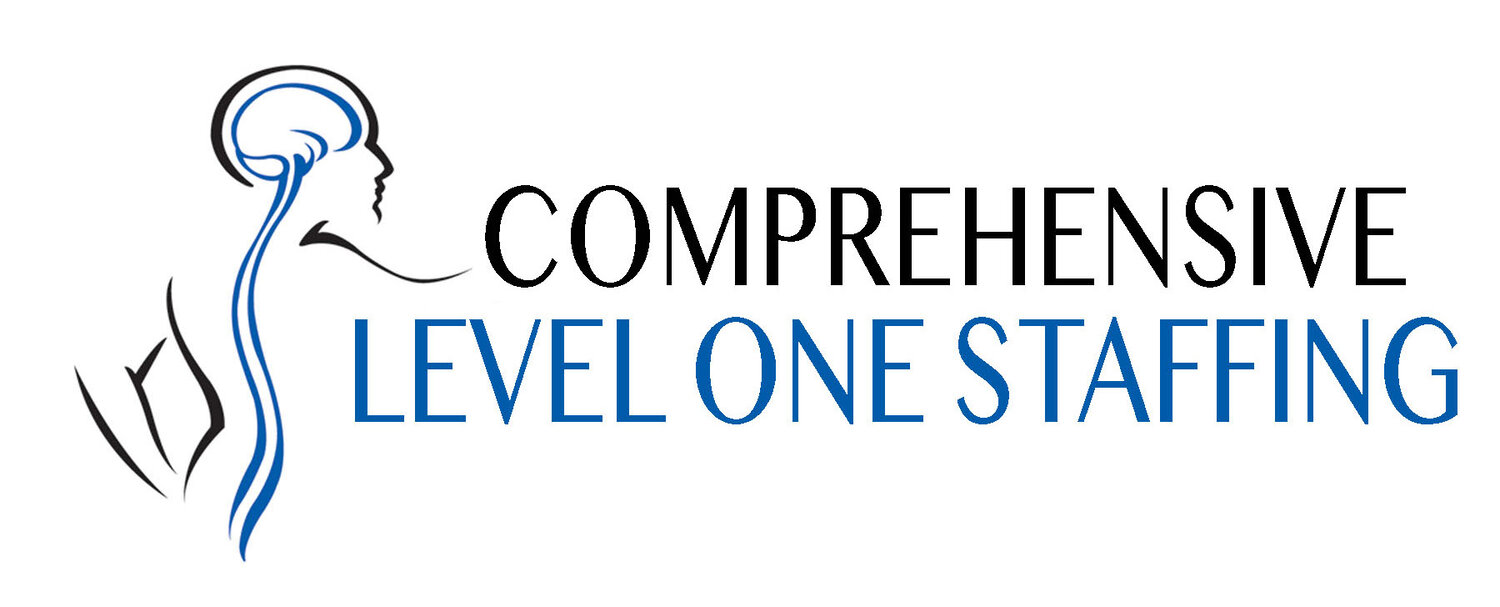Intracranial Neurosurgery
-
Craniotomy for primary brain tumor resection
Craniotomy for metastatic tumor resection
Minimally invasive resection of brain tumors utilizing Brain Path and Nico
Craniotomy for skull base meningiomas
-
Craniotomy for subdural and epidural hematomas
Craniotomy for gun shot wounds (GSW) to the head
Craniotomy for repair of open or open and depressed skull and skull base fractures
Decompressive craniectomy for the treatment of malignant intracranial hypertension
Management of closed head injury and raised intracranial pressure
Cranioplasty
-
Cerebral aneurysm clip reconstruction (clipping)
Arteriovenous Malformation resection
Dural arteriovenous fistula disconnection or resection
Evacuation of intracerebral hematoma from hemorrhagic stroke
Minimally Invasive evacuation of ICH
-
Ventriculo-peritoneal shunting for obstructive hydrocephalus
VP shunting for normal pressure hydrocephalus
Ventriculo-atrial shunting
Revision of failed shunts
Programming of valve and antisiphon devices
Ommaya reservoir placement for intrathecal chemotherapy delivery
-
Endoscopic third ventriculostomy
Endoscopic resection of intraventricular tumors
Endoscopic resection of pituitary tumors
Endoscopic cyst fenestrations
Endoscopic placement of ventricular catheters
-
Frameless stereotactic neuronavigation for tumor localization and resection
Stereotactic Tumor biopsy
Multi-voxel MR spectroscopy guided tumor biopsy
Intra-operative MRI guidance for cranial procedures
-
Tumor
Craniotomy for resection of primary and metastatic brain tumors.
-

Trama
Gunshot wound with bullet, bone fragments and hemorrhage successfully treated with craniotomy.
-

Cerebrovascular
Craniotomy for right posterior communicating artery aneurysm clipping.
-

Endoscopic
Endoscopic resection of a large left lateral ventricular subependymoma utilizing a 19 gauge NIco hand-piece through a Minop endoscope.


